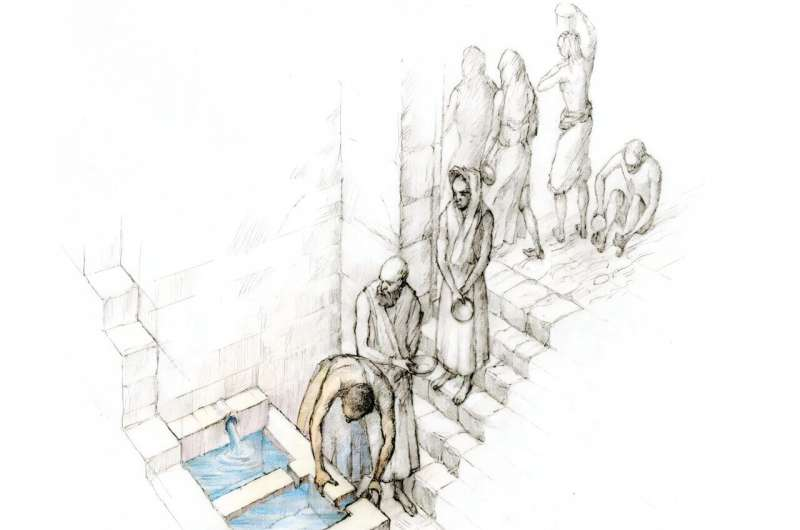BY THE ARCHAEOLOGIST EDITOR GROUP
Petra: A window into the Nabatean culture and civilization
Petra, a city founded by the Nabataeans and now in modern-day Jordan, is a stunning example of Nabatean architecture. Petra is known for its exceptional rock-cut architecture and sophisticated water management system, both of which were rediscovered in 1812 by the Swiss explorer Johann Ludwig Burckhardt, who posed as a Muslim pilgrim to gain entry to the site. The city, which was once the Nabataean capital and a thriving commercial hub, is now a UNESCO World Heritage Site that draws tourists from all over the world.
The intricate rock-cut buildings in Petra are a major tourist attraction. Petra was constructed by the Nabataeans, an Arab tribe, who cut their buildings into the sandstone cliffs. The Treasury, a humongous building at the end of a short canyon called the Siq, is the most well-known of these structures. The Treasury is widely regarded as one of the finest examples of Nabatean architecture due to its elaborate facade and intricate carvings.
Petra's clever water system is another remarkable aspect of the city. Even in the dry climate of the desert, the Nabateans were able to collect and store water thanks to their complex system of cisterns, dams, and channels. Petra was able to flourish as a commercial hub thanks to this system, which made it possible to maintain a sizable population despite the city's desert setting.
Petra's status as a major trading post meant that it attracted businesspeople from all over the ancient world. The strategic location of the city at the intersection of multiple trade routes made it an important stop for the delivery of goods like spices, textiles, and incense. The Nabataeans' control over the trade of precious frankincense and myrrh contributed to Petra's status as one of the ancient world's wealthiest cities.
The Nabataeans' religious and cultural activities also revolved around Petra. Several religious structures, such as temples, tombs, and shrines, can be found in the city, and many of them were hewn out of the cliff faces. Probably the best-known of these buildings is the Monastery, a colossal structure with a layout not dissimilar to that of the Treasury. The Monastery, thought to have been used for religious and ceremonial purposes, is also regarded as one of the most impressive examples of Nabatean architecture.
A combination of factors, including a change in trade routes, earthquakes, and alterations to the water supply, led to the abandonment of Petra around the fourth century AD. But in 1812, it was rediscovered by the Swiss explorer Johann Ludwig Burckhardt, and ever since then, archaeologists and historians have been studying and exploring it.
To sum up, the Nabataean city of Petra is an architectural marvel, distinguished by its extraordinary rock-cut buildings and sophisticated water distribution system. The city, which was once the Nabataean capital and a thriving commercial hub, is now a UNESCO World Heritage Site that draws tourists from all over the world. Petra is an incredible window into the past and a tribute to the Nabateans' creativity and expertise.







